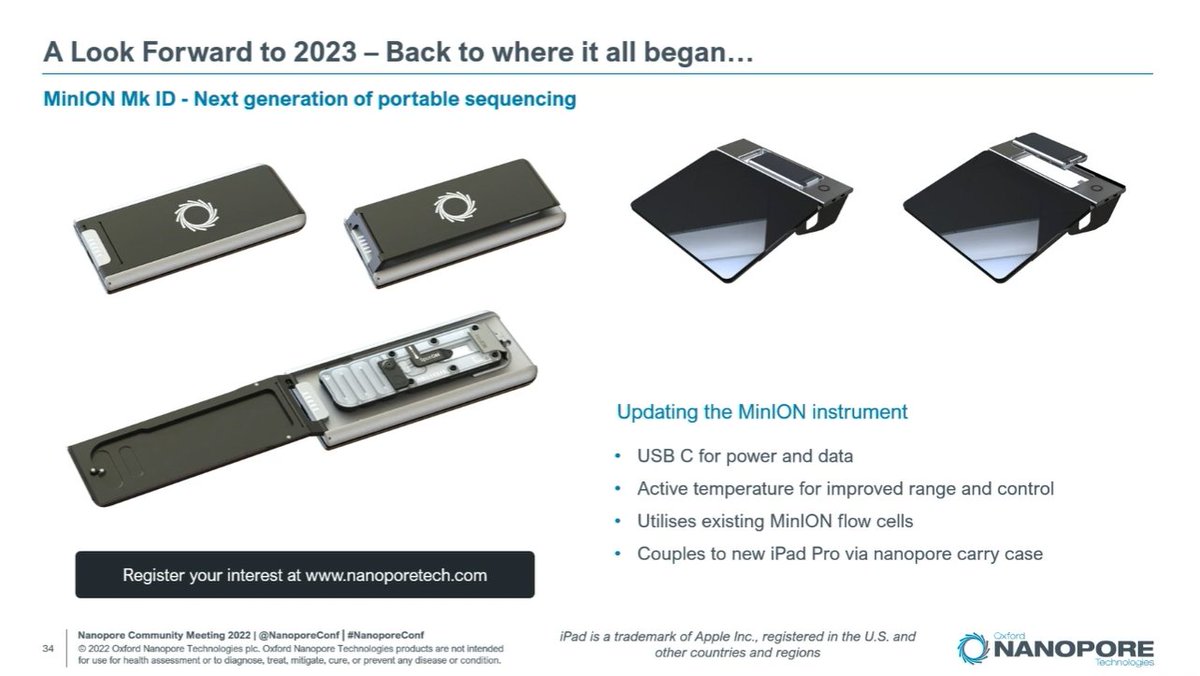
In #JPM2023 news, $GH Guardant Health also presented on Monday, and here are some highlights of their presentation, which is available on their website. They value the cancer screening market at $100B, which is the first time I see the estimate breaking the three-digit-B mark. 

One of their slides is entirely focussed on convincing the remaining doubters that power of epigenomics can be unlocked with Liquid Biopsy assays. I saw more people mentioning this in their social media as of late, but it's great to see such detail in $GH Guardant Health slides. 





In this slide they show how the technology that Guardant calls 'Smart Liquid Biopsy' will also be applied to MRD apart from their screening assays. 

Details on ECLIPSE: 20,000-patient registrational screening study for Colorectal cancer (including adenomas). 

Emphasizing the numbers of unscreened individuals, and the fact that blood-based screening has 90% adherence compared to $EXAS Exact Sciences Cologuard (poo in a bucket) 65% adherence, and 42% for colonoscopy. 

Combining ECLIPSE performance with the adherence numbers, they come up with the "Effective Sensitivity" numbers so they can show better numbers than $EXAS Cologuard. I haven't seen the numbers combined in this way in the past, but maybe someone can assure me that this is common. 

The work continues, and Lung cancer is the next in line for the screening assays, with a Multi-cancer early detection (MCED) assay in development. An MCED assay is what @GrailBio (currently part of $ILMN Illumina) is offering with Galleri, although with little reimbursement RN. 

Their MCED projections show screening at 3-year intervals, which is longer than I would have thought is expected for CRC or Lung once we show they are useful. MCED planned for annual screening interval. 

Some milestones. Including "Upgrade to Smart Liquid Biopsy" platform. Are there any more details of what it means in technology terms? Epigenomic profiling? NGS details? 

More on Liquid Biopsy for Cancer Screening at bit.ly/liqbiopcs
• • •
Missing some Tweet in this thread? You can try to
force a refresh
















